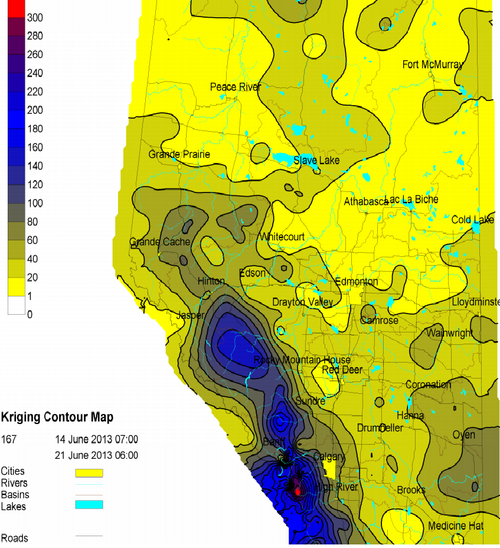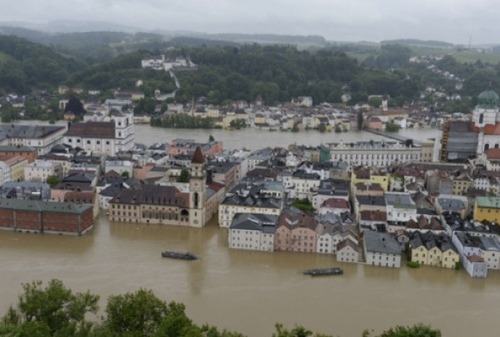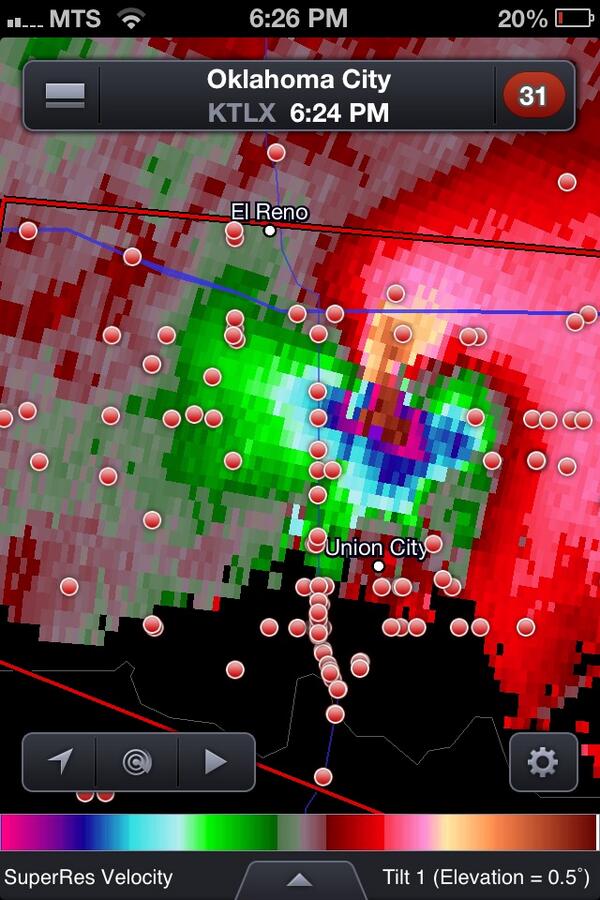Disastrous Flooding in Alberta
For the past few days parts of southern Alberta have been experiencing severe flooding that has forced thousands of residents to evacuate and move to higher grounds. A deep surface low in extreme southern Alberta pulled significant moisture straight from the Gulf of Mexico into southern Alberta, causing for high PWAT (precipitable water) values in the region.

The Canadian army has been called in to help; 1,300 soldiers have been deployed to the flooded areas to help out with sandbagging. Search and rescue missions are still being performed as people that have not evacuated are now stuck in their own homes. In southern Alberta, an estimated 100,000 people have been ordered to evacuate, including 75,000 Calgarians, because of floodwaters infiltrating low land areas and rivers spilling their banks. Even in Calgary’s city core two feet of water could be seen flowing through the streets as the Bow River overflowed its banks. The Calgary Saddledome where the Flames play has been completely flooded out on the main floor. It has not only been Calgary that has been affected though – quite a few other communities just east of the Rockies, namely; Lethbridge, Medicine Hat, Canmore and High River have experienced extreme flooding. Unfortunately, it has been reported as of Friday night that 3 people had died in the floodwaters and a few more were still missing.
Waters from the Bow River are not expected to start subsiding until midday today, however, some other rivers have already started slowly decreasing in flow already on Friday evening. Some scatted showers are in the forecast this weekend but steadier rains are possible Monday as the next trough rolls in on the West Coast.



